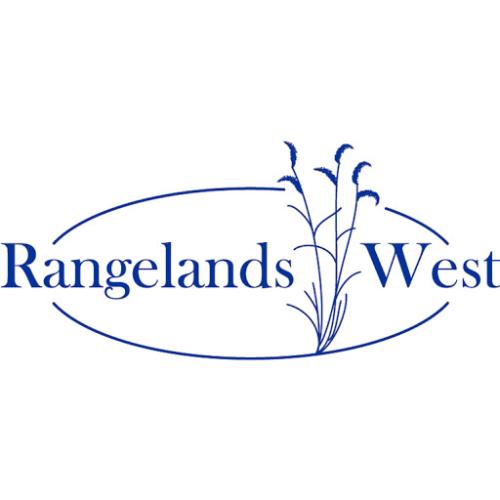mplementing a successful integrated weed management program requires preventing knapweeds and starthistle from spreading, detecting and eradicating new infestations, containing large infestations and combining strategies to favor desired plants. The success of a knapweed management program requires long-term commitment and cooperation between private land owners, public land users and government agencies.
Preventing weed seed spread onto adjacent rangeland is the most cost-effective management strategy. Each of us must reduce or eliminate knapweed and starthistle seed dispersal by:
Not driving motorized vehicles through knapweed or starthistle infestations.
Purchasing and transporting only certified noxious weed seed free hay and forage.
Minimizing soil disturbance on range and other non-crop lands.
Eradicating small patches of knapweed or starthistle before they have a chance to spread.
Containing large knapweed and starthistle infestations.
Seeding desirable perennial grass species immediately on areas disturbed by construction, mining or other activities.
Supporting local weed management programs (source summary)

Articles, citations, reports, websites, and multimedia resources focused on rangeland ecology, management, restoration, and other issues on American rangelands.